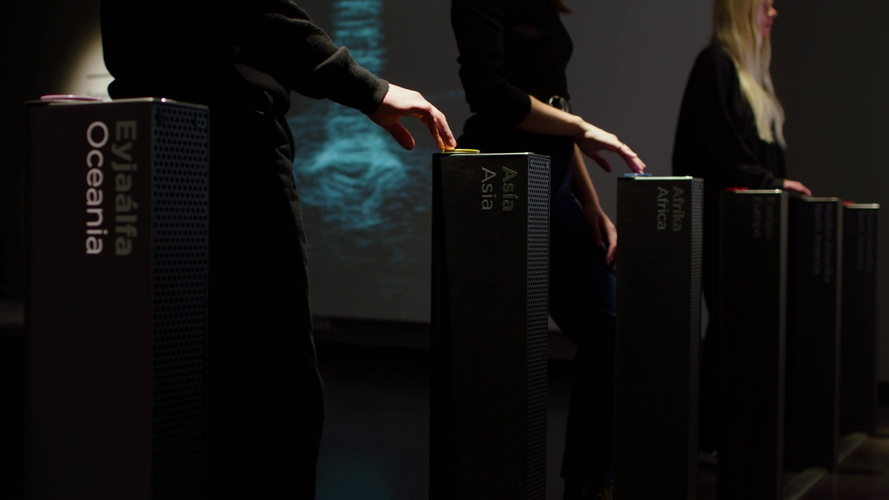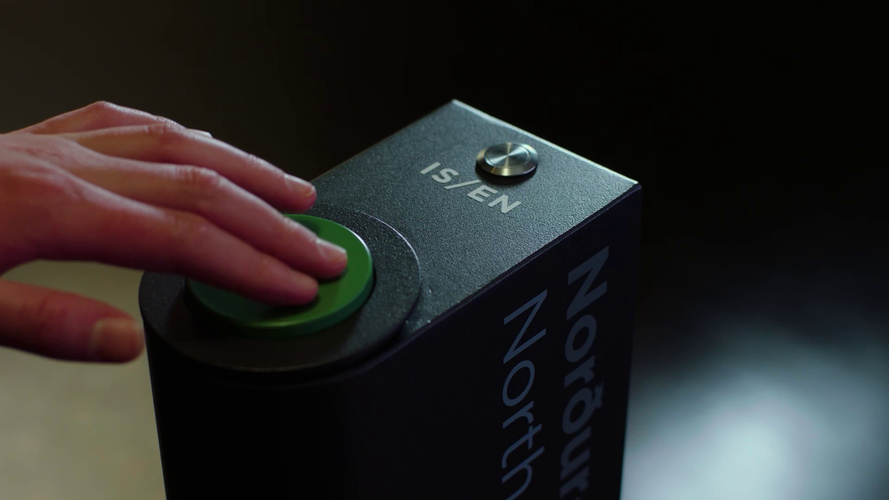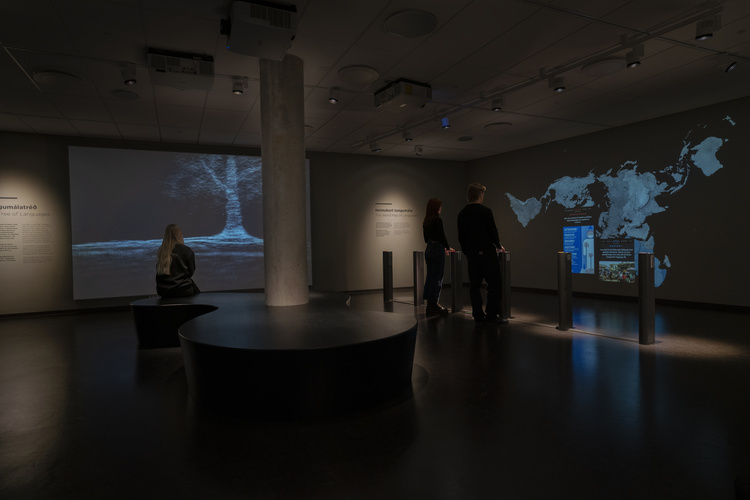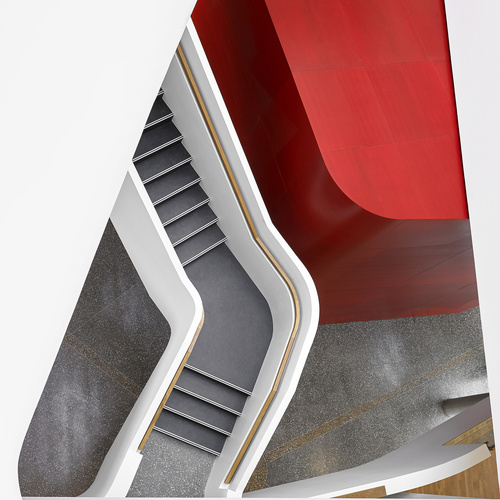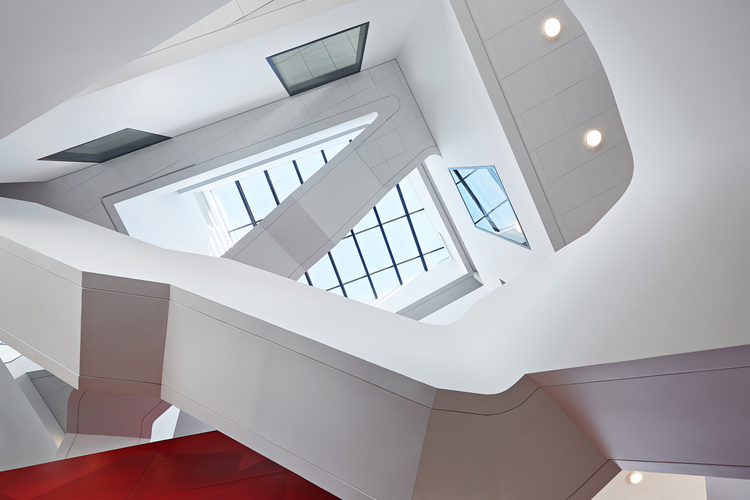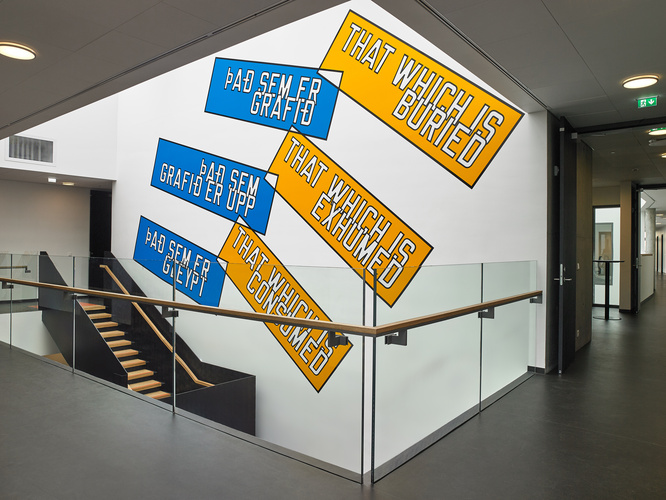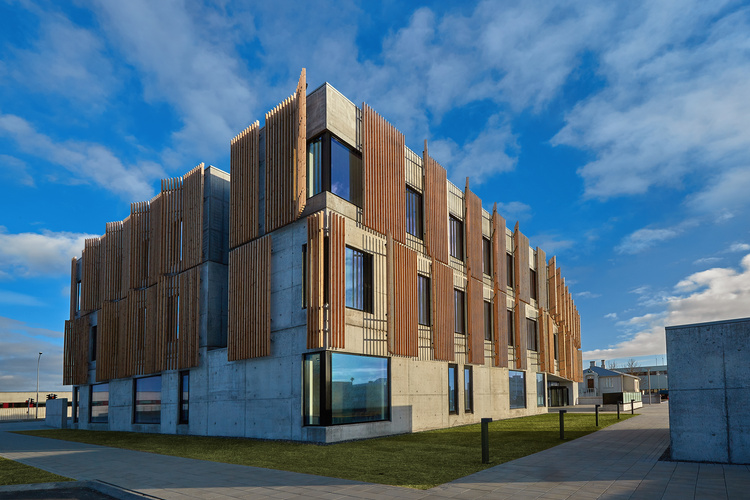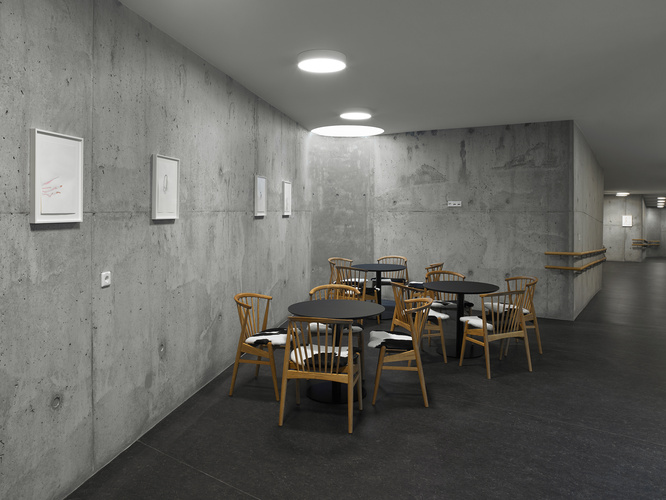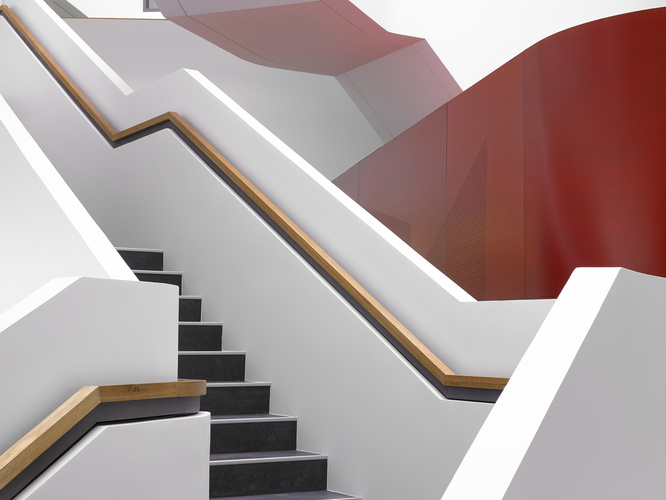The Living Language Lab
Reykjavik, Iceland
At the Vigdís Finnbogadóttir Institute of Foreign Languages, guests will have an opportunity to look into the world of languages and get to know how many and various they are and where they are currently spoken all over the globe. The Living Language Lab provides a cross-section of the vast language spectrum of the Earth, from the biggest world languages, with hundreds of millions of speakers, to small and endangered ones.
We learn about the many sides of languages with the help of interactive multimedia and virtual reality and hear the voices of the various languages spoken in Iceland today.
We get an overview of how languages have developed alongside human history for more than 300,000 years and how they have migrated and spread across the globe.
Finally, we become acquainted with the life-cycle of languages which, like other living organisms, are born and develop before finally dying out. We also consider how it is possible to conserve languages so they can prosper for years to come.
Exhibiton design by Gagarín and andrúm architects.
Trailier: Gagarin/Sebastian Ziegler
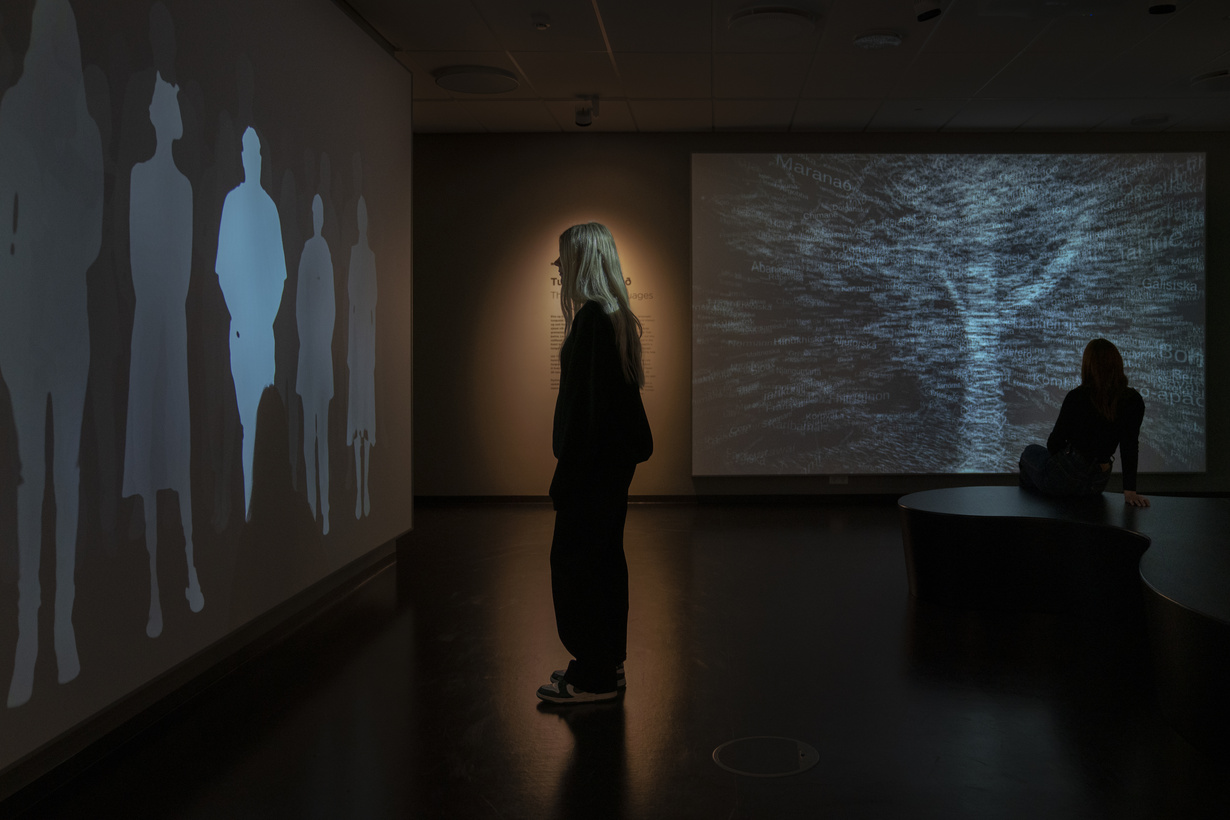
Each day a multitude of languages are spoken in Veröld – House of Vigdís. In the exhibit Voices, we see the outlines of people of all shapes and sizes. When we approach them, their voices and conversations can be heard in many different languages.
The aim of the exhibit is to call attention to the broad spectrum of voices and languages of people living in Iceland and to remind us of how many languages are spoken in the country today. A large group of polyglots and Icelanders of various origins have given their voices and native tongues to the piece.
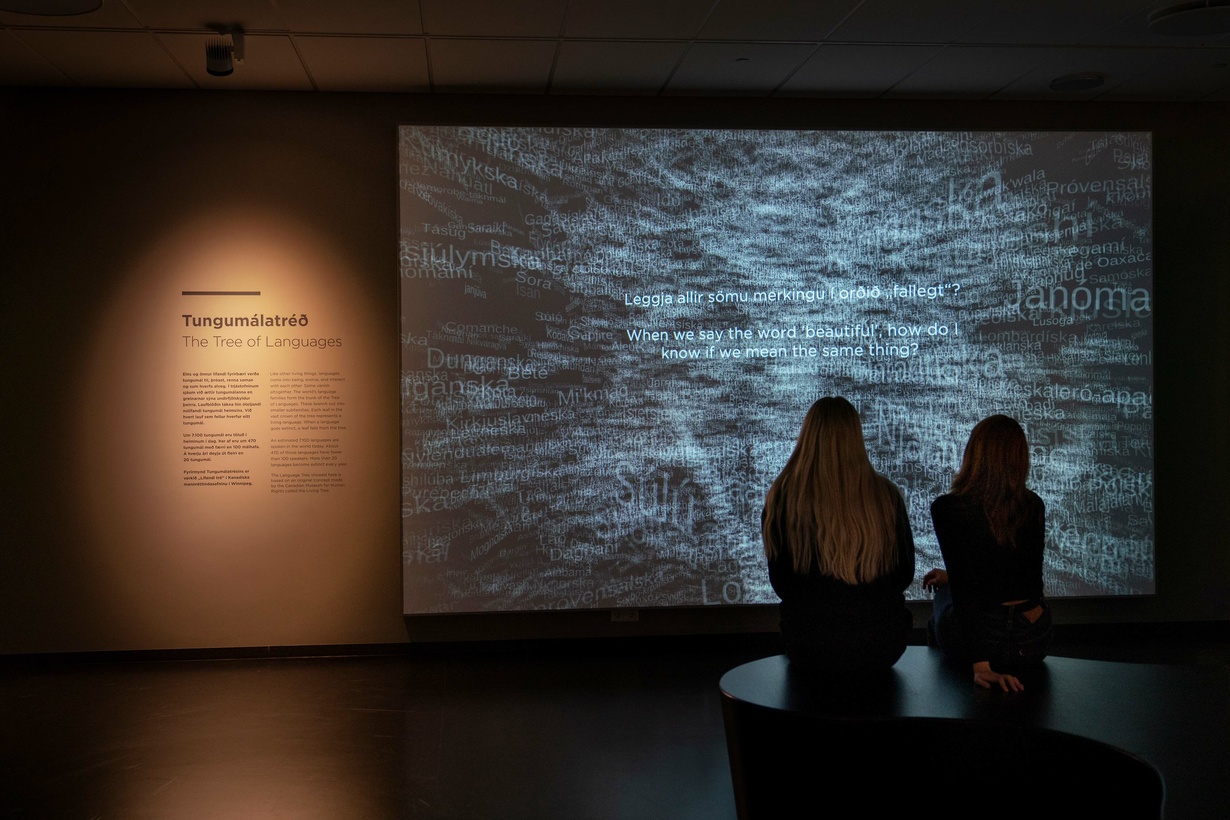
The Tree of Languages illustrates the life cycle of languages. Like other living things, languages are born, reproduce, and die. In the tree trunk and branches, we see how languages have been organized into different language families and subfamilies. The leaves that make up the vast crown of the tree represent the countless languages of the world. When languages are not given adequate support, they will eventually die out, and unfortunately many of the world’s languages today face extinction. Here they are depicted as falling leaves, and at the foot of the tree lie the many languages that haven’t survived.
In The Tree of Languages, interesting facts and questions are put forward for contemplation. What is the lifespan of a language? / How does it survive? / How do we maintain our native language? / How do we nurture a language so it can thrive and flourish?
The Tree of Languages shows that all of the world’s languages are interconnected in the same way we are all linked together as human beings. Languages should be supported and protected because the world becomes a poorer place every time someone’s native language is lost.
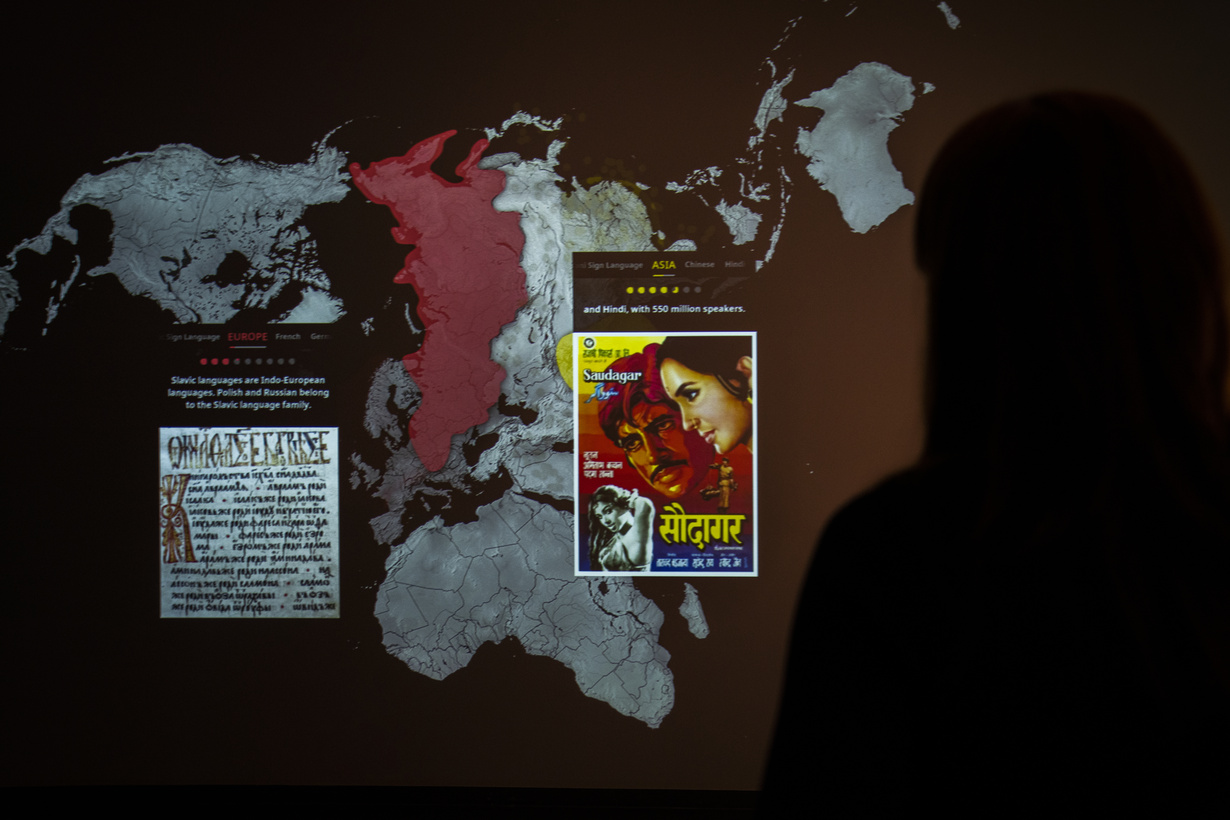
The World Map of Languages offers a cross-section of each continent’s language spectrum, from the biggest world languages with millions of speakers, to small and endangered ones. Here we learn about some of these languages, listen to audio samples, and discover interesting facts about them.
The World Map of Languages offers a cross-section of each continent’s language spectrum, from the biggest world languages with millions of speakers, to small and endangered ones.
Our Language Is What We Are Vigdis Finnbogadottir

Vigdís Finnbogadóttir is an Icelandic politician who served as the fourth president of Iceland from 1980 to 1996. She was the world's first woman who was democratically elected as president. Vigdís Finnbogadóttir has been a powerful spokesperson for human rights as well as the importance of language proficiency, both in one’s own native tongue as well as in other languages, and she has made a vital contribution to this field in her career as a teacher, as President of Iceland, and as a goodwill ambassador for the United Nations.
The building was designed by Andrum architects in 2017. Photos: www.andrum.is

